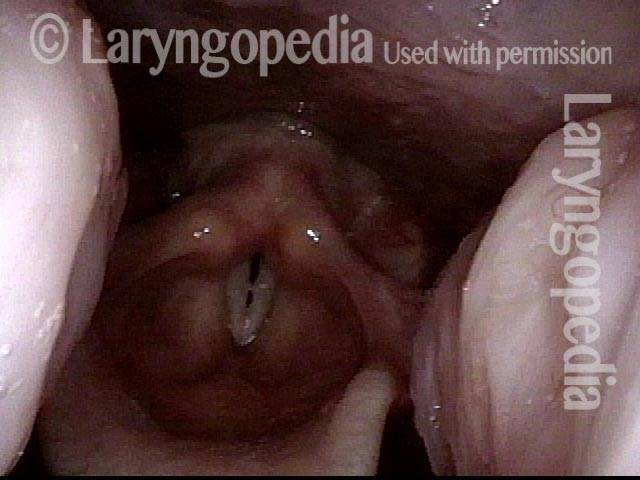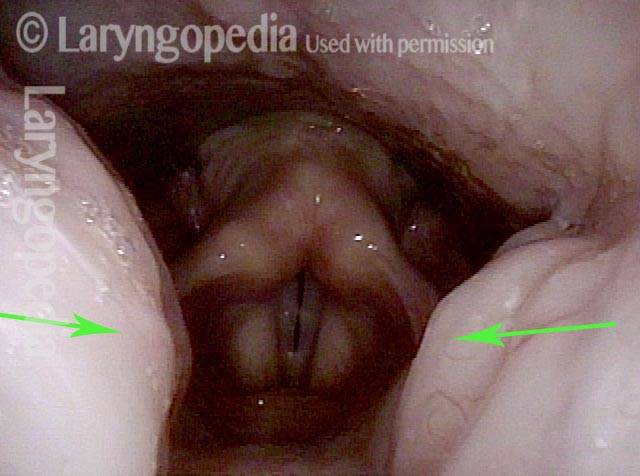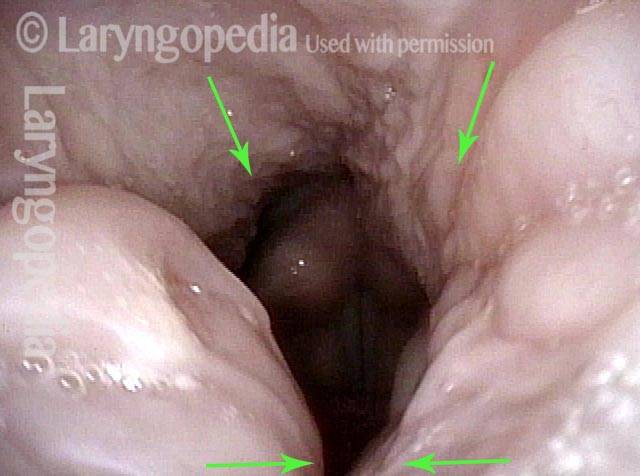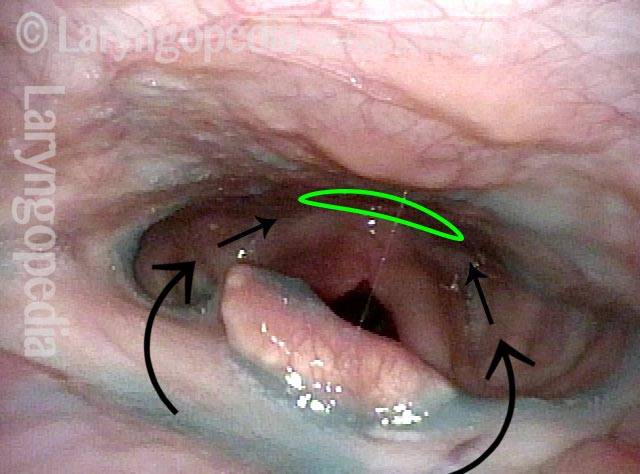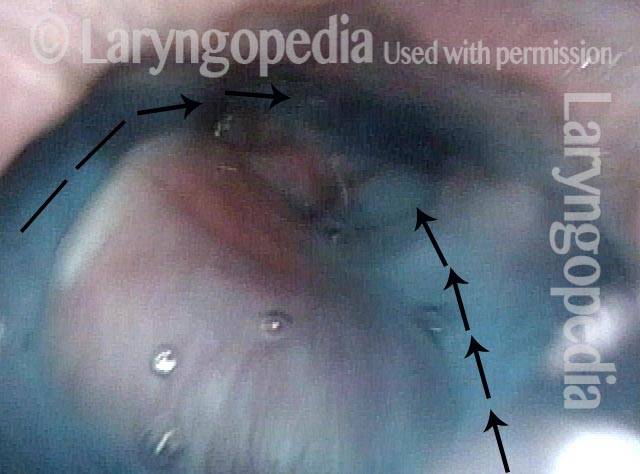Tonsils are accumulations of lymphoid tissue found in the upper aerodigestive tract. Lymph nodes are also part of the lymphatic system, but are encapsulated and found buried in tissue of the neck, chest, abdomen, etc.
When one refers to “tonsils” the usual reference is to the palatine tonsils, comprised of semi-encapsulated lymphoid tissue located on the lateral walls of the pharynx. These are often easily seen by opening the mouth widely and shining a light towards the posterior wall of the pharynx while saying “ah.”
Adenoid tissue is very similar but found in the extreme back of the nose, above the palate. They can be referred to as the “nasopharyngeal tonsils.”
A third main location for similar lymphoid tissue is the base of the tongue, where they are called “lingual tonsils.”
We sometimes refer to “micro-tonsils” which are the small salmon-colored bumps seen on the wall of the throat, especially during/after pharyngitis.
